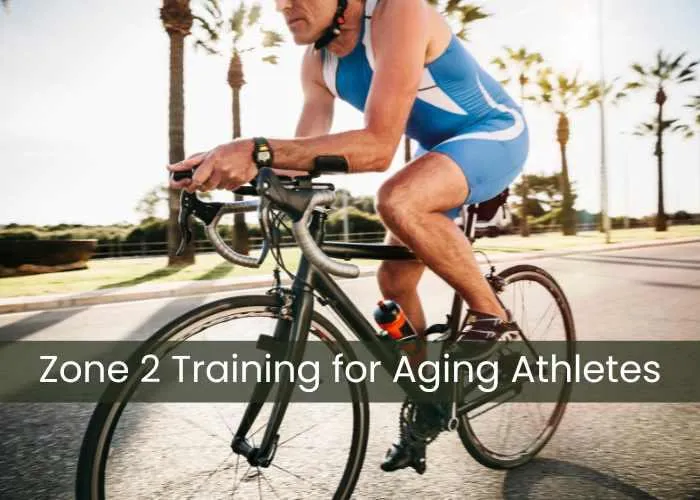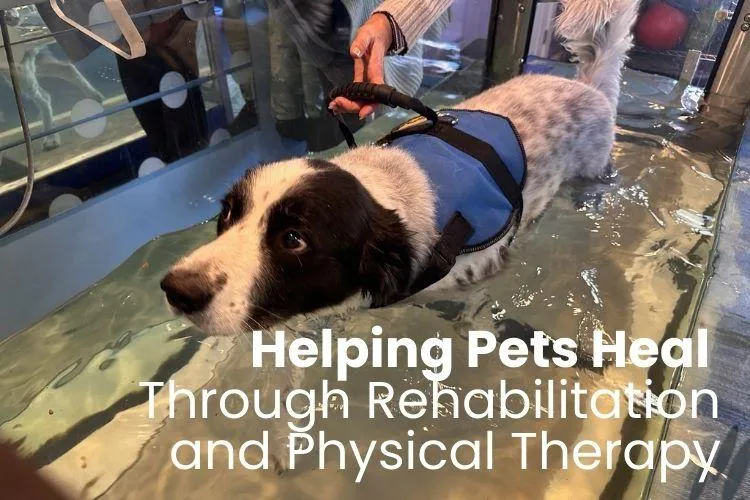

JULY & AUGUST 2024 ISSUE

Cover Story
Experience the Rewards of a Summer Bucket List
Community & Culture
Letter from the Editor
Mayor’s Message
Trailblazer Nation
Start on Your Path to a Stable Career
Navigating Real Estate in the Age of the Internet
The Health Benefits of Resort Living: Why Resort Residences Are the Ultimate Wellness Retreat
Utah Tech University Debuting the State’s Most Affordable Online Master of Healthcare Administration Program
Creative Wigs and Hair Replacement Now Celebrating Sixty Years of Service
It Takes Little to Be a Big
Carsen Cooper: Lessons I Learned at Boy’s Nation
Health & Fitness
Flex-Time: Trish Schlegel Is Ageless Bodybuilder
Walk Your Way to a Longer, Healthier Life
Getting the Most from Outdoor Adventures
Menopause and Obesity: a Real Phenomenon
Riding on the Wind
Dave’s Story: Stroke Symptoms Aren’t Always Typical
The American Apple
Ease the Ache: Arthritis Care and Advice from Vista Healthcare
Alternative Holistic Care for Horses
Preventive Dental Care Will Help You Live Your Best Life
Utah’s Swell: Utah Is Great, but It Is Also Home to the San Rafael Swell
Four Considerations for Effective Tax Planning in Retirement
A Look at Self-Guided In-Home Health Tests
Empower Yourself with Nutrition Know-How
Four Tips for Summer Water Safety

Mind & Body
Experience the Rewards of a Summer Bucket List
The Mental Health Benefits of Exercise for Older Adults
The Profound Relationship between Our Physical and Emotional Health
Nurtured by Nature: Interacting with Nature Benefits the Body and Mind
Change Your Words, Change Your Life
Set Your Sights Higher with a Vision Board
What Type of Ketamine Is Right for You?
Relationships & Family
Have You Lost That Loving Feeling?
Encounter on Santa Clara Boulevard
Who Am I? A Map to Self-Discovery
Make a Positive Impact by Planting a Tree

Current Articles

Helping Pets Heal Through Rehabilitation and Physical Therapy
As our understanding of animal health advances, pet rehabilitation and physical therapy have become increasingly popular methods to enhance the quality of life for pets recovering from injuries, surgeries, or chronic conditions. Just as in human medicine, rehabilitation helps pets regain mobility, reduce pain, and improve overall well-being. Below, we’ll explore some of the common methods used in pet rehabilitation.
Hydrotherapy: A Low-Impact Option
One of the most common methods in pet rehabilitation is hydrotherapy. This form of therapy utilizes water to reduce stress on the joints while enabling controlled movement. Typically conducted in a specialized pool or an underwater treadmill, hydrotherapy helps pets build strength and endurance without the risk of high-impact stress. The buoyancy of water supports the animal’s weight, allowing for a more extensive range-of-motion. This makes it especially beneficial for pets recovering from orthopedic surgeries or managing conditions like arthritis.
Therapeutic Exercise: Rebuilding Strength and Mobility
Therapeutic exercises are crucial in addressing muscle atrophy and joint stiffness. These exercises are designed to improve muscle strength, coordination, and flexibility. One particularly effective method involves the use of FitPaws® equipment, a range of stability and balance tools designed specifically for pets.
FitPaws products include balance discs, wobble boards, and inflatable platforms that challenge a pet’s core strength and stability. These tools not only enhance muscle development but also improve proprioception—the animal’s awareness of its body position. A typical routine might include standing on a balance disc or walking over inflatable hurdles, helping pets regain confidence and coordination after an injury.
FitPaws equipment is widely used in canine physical therapy for dogs recovering from ligament injuries, hip dysplasia, or post-surgical rehabilitation. Trainers and therapists carefully monitor the pet’s progress, gradually increasing the difficulty as strength improves.
Massage Therapy: Enhancing Circulation and Relaxation
Massage therapy is another integral part of pet rehabilitation, offering both physical and psychological benefits. Skilled therapists use various techniques, such as effleurage (long, gentle strokes) and petrissage (kneading and compression) to relax tense muscles, increase blood flow, and reduce pain.
Massage therapy not only alleviates discomfort but also enhances lymphatic drainage, which can help reduce swelling in injured areas. It is particularly beneficial for pets dealing with chronic pain, muscle spasms, or anxiety. Additionally, massage can complement other therapeutic methods, such as hydrotherapy or exercise, by preparing the muscles for movement and aiding recovery afterward.
Laser Therapy: Accelerating Healing
Laser therapy involves using low-level lasers to penetrate tissue, stimulating cellular repair and reducing inflammation. This noninvasive technique helps alleviate pain, promote circulation, and accelerate tissue regeneration. It is particularly useful for pets with soft tissue injuries, joint pain, or post-surgical wounds.
Acupressure: A Complementary Approach
Acupressure, a traditional Chinese practice, involves stimulating specific points to facilitate the body’s healing processes. It’s acupuncture without the needles, using pressure and cold laser on various points along a meridian that is associated with organs and nerves in the body. This method is increasingly being used in veterinary medicine to manage chronic pain and enhance overall vitality.
A successful rehabilitation program takes into account the pet’s specific condition, age, and temperament. Veterinarians and certified pet therapists work closely to develop customized plans that may combine several of the methods mentioned above. Whether the goal is to help your pet recover from an injury, manage a chronic illness, or improve mobility, rehabilitation can make a profound difference.
Incorporating tools like hydrotherapy, FitPaws equipment, and techniques such as massage and cold laser ensures that therapy is not only effective but also engaging and comfortable for pets. By adopting a holistic approach, rehabilitation professionals can help pets regain their strength, mobility, and happiness.
Visit woofcenter.com, call (435) 275-4536, or stop by WOOF! Wellness Center & Training Academyin Santa Clara, Utah. Email your pet-related questions or topics of interest to [email protected]



